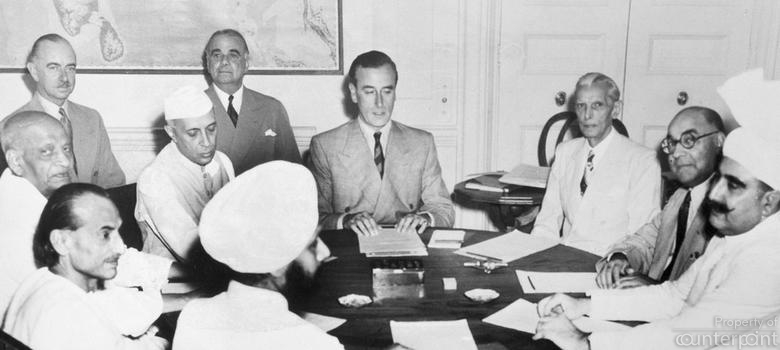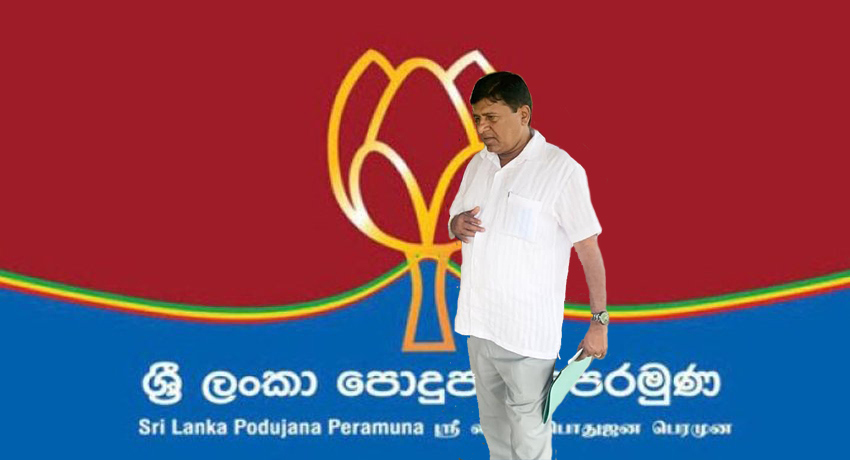On the night of August 14-15, 1947, when India was celebrating its independence, the architect of the independence movement, Mahatma Gandhi was not among the revellers. When his protégé Jawahar Lal Nehru was making that epochal speech about ‘India’s tryst with destiny’, and the ministers of his new cabinet were taking the oath of office, Gandhi was not rejoicing. A 1000 miles away in Kolkata, he was in a sombre mood, tired of the day-long fasting and prayers.
Overnight, the land under their feet, on which they had lived for generations, became foreign to those millions who found themselves on the wrong side of what was to be their future home.
“I cannot rejoice on August 15. I do not want to deceive you. But at the same time I shall not ask you not to rejoice. Unfortunately, the kind of freedom we have got today contains also the seeds of future conflict between India and Pakistan”, he had told his colleagues in July that year.
Gandhi no doubt was prophetic about the future conflict. But what was the ‘kind of freedom’ that put him off? India’s independence was to be a moment of jubilation and pride for over 350 million Indians. But it became a moment of sorrow and suffering for several million among them. While granting independence, the British had partitioned India into two in a hurried manner creating Pakistan as a separate nation. Overnight, the land under their feet, on which they had lived for generations, became foreign to those millions who found themselves on the wrong side of what was to be their future home. Not unexpectedly, massive violence broke on both sides of the clumsily carved out frontiers.
India’s partition was not a smooth and peaceful affair. It happened over the dead bodies of hundreds of thousands of innocents. Historians wrote poignantly that the Sindhu river flowed not with water but with the blood of tens of thousands of Hindus and Muslims. Millions were uprooted, and leaving everything behind, were forced to undertake an arduous and often hazardous trek of hundreds of miles seeking a new home and meaning for lives.
“It was the world’s largest and rarest exodus”, wrote Larry Collins and Dominique Lapierre in ‘Freedom at Midnight’.
Why did this tragedy take place? Who was responsible?
“It was the world’s largest and rarest exodus”, wrote Larry Collins and Dominique Lapierre in ‘Freedom at Midnight’. None of the leading lights of India’s independence movement wanted India to be divided. Neither did the majority of the people of India – both Muslim and Hindu.
“Vivisect me before vivisecting India”, Gandhi warned firmly, when he was informed about the Muslim League’s Lahore Resolution of March 24, 1940 in which the League demanded that the “areas in which the Muslims are numerically in a majority as in the North Western and Eastern Zones of India should be grouped to constitute ‘independent states’ in which the constituent units should be autonomous and sovereign”. Although the word ‘Pakistan’ was not used, the reference to ‘autonomous and sovereign independent states’ made the intentions of the League amply clear. They were demanding a separate country. This resolution became popular later in history as the ‘Pakistan Resolution’.
For Gandhi, the Pakistan resolution was a ‘moral sin’. It militated against all his lifelong convictions, especially his dearest idea of Hindu-Muslim unity. It was totally unacceptable to him. “The step of Mr. Jinnah is like that two brothers have a fight on same cow and they cut it and divide it”, Gandhi lamented. Yet the country was divided before his eyes.
“Vivisect me before vivisecting India”, Gandhi warned firmly, when he was informed about the Muslim League’s Lahore Resolution.
Jawahar Lal Nehru, in his typical romantic way, proclaimed that the idea of partition was “fantastic nonsense”, a fantasy of some mad people. Yet he became one of the enthusiastic supporters of the ‘June 3rd Plan’ for the country’s partition. Sardar Patel went one step further and declared in his typical style “Talwar se talwar bhidegi” (sword will clash with sword), meaning that the countrymen would fight till the end against partition. But even he became a mute witness to the passing of the ‘June 3rd Plan’.
Dr Rajendra Prasad, who was in jail during the Quit India Movement, went on to write the book India Divided, in which he spoke of the ills of partition and how illogical the thought was. The book was published in early 1946. Even before the ink on the pages of that book could dry up, India was partitioned.
Not just the Indian leaders, many British leaders too did not support the idea of partitioning India. Lord Wavell, who was the British viceroy during 1943-47, had opposed it in 1944, stating, “India is a God-made triangle, you cannot divide it.” Even Clement Atlee’s original mandate as Britain’s Prime Minister to Mountbatten, who was sent to Delhi to replace Lord Wavell in February 1947, was not to partition India. “Keep it united if possible. Save a bit from the wreck. Bring the British out in any case”, were Attlee’s instructions to Mountbatten.
Yet the country was partitioned.
Mountbatten presented the final plan for India’s partition to the leaders of the Congress and the Muslim League in a meeting on June 3, 1947. Thus it began to be famously called as the ‘June 3rd Plan’. Jawahar Lal Nehru, Sardar Patel, and Acharya Kripalani were present from the Congress while the League was represented by Muhammad Ali Jinnah, Liaqat Ali and Abdur Nishtar.
Mountbatten later claimed that “the Indian leaders agreed unanimously, without any sort of reservation, to the choice of 15th August”.
When the partition plan was brought before the Congress Working Committee on June 14, 1947 there was vocal resistance. Gandhi, who declared six years earlier that it should happen over his dead body, intervened to ask the members to support the partition. Acknowledging that he was one of those who steadfastly opposed the division of India, Gandhi, nevertheless, urged the members to accept the resolution as “sometimes certain decisions, however unpalatable they might be, had to be taken”. Gandhi also indicated that if the resolution was rejected, they would have to find a “new set of leaders”. He also insisted that it was essential for peace in the country.
Unfortunately, at that momentous juncture, people were not ready for the fight to save India’s integrity, and the leaders too were not ready.. “we became old” one of them confessed later. While nobody wanted the partition of India, nobody was there to stand up against it when the moment came. It needed people to come on to the streets to fight the forces of vivisection, and leaders to lead that resistance. Unfortunately, at that momentous juncture, people were not ready for the fight to save India’s integrity, and the leaders too were not ready.. “we became old” one of them confessed later.
Why?
(To continue)





